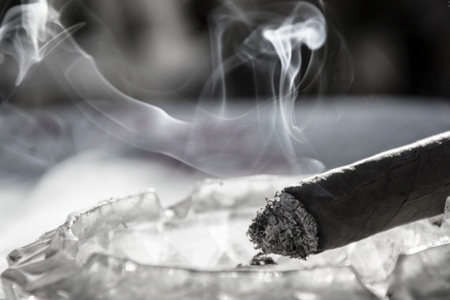 Sick House Syndrome occurs when a house can’t “breathe” and rid itself of indoor pollutants, resulting in poor indoor air quality – a “sick house.” Inadequate ventilation allows these pollutants to build up, causing potential health risks to the home’s occupants. Young children, the elderly, and some chronically ill persons are most susceptible to the effects of Sick House Syndrome.
Sick House Syndrome occurs when a house can’t “breathe” and rid itself of indoor pollutants, resulting in poor indoor air quality – a “sick house.” Inadequate ventilation allows these pollutants to build up, causing potential health risks to the home’s occupants. Young children, the elderly, and some chronically ill persons are most susceptible to the effects of Sick House Syndrome.
Common sources of indoor pollution include tobacco smoke, certain carpeting materials, furnaces and fireplaces, pressed wood cabinets and furniture, and household cleaning products. In addition, a buildup of moisture can cause mold, which can grow uncontrolled inside walls, crawlspaces, and other areas. Mold spores are released into the air and can also travel throughout the home via heating and cooling ductwork.
How Can Indoor Pollution Be Reduced?
Source control is usually the most effective way to improve indoor air quality. In some cases, eliminating the specific sources of indoor pollution—for example, removing carpets, repairing and maintaining faulty furnaces – is all that is necessary.
For many other offending substances, improving ventilation is a key means of decreasing indoor pollution. These include tobacco smoke, cleaning products, and moisture buildup. Many newer homes in particular are so well insulated and sealed that only a very limited amount of fresh air can get in. In this situation, using attic or window fans and opening windows when weather permits are easy and inexpensive ways to increase ventilation. Over the years, tobacco smoke can actually be absorbed by walls, floors, and ceilings and may need to be professionally removed.
Asbestos and lead do not normally cause problems if they are undisturbed, but these and other hazardous substances should be analyzed by a qualified professional to determine if sealing, abatement, or removal is warranted. The presence of these materials may also need to be included in disclosure forms when selling a home, so special attention is warranted in these situations.
Dan Steward is the President & CEO of Pillar To Post Home Inspectors.
For more information, visit www.pillartopost.com.










